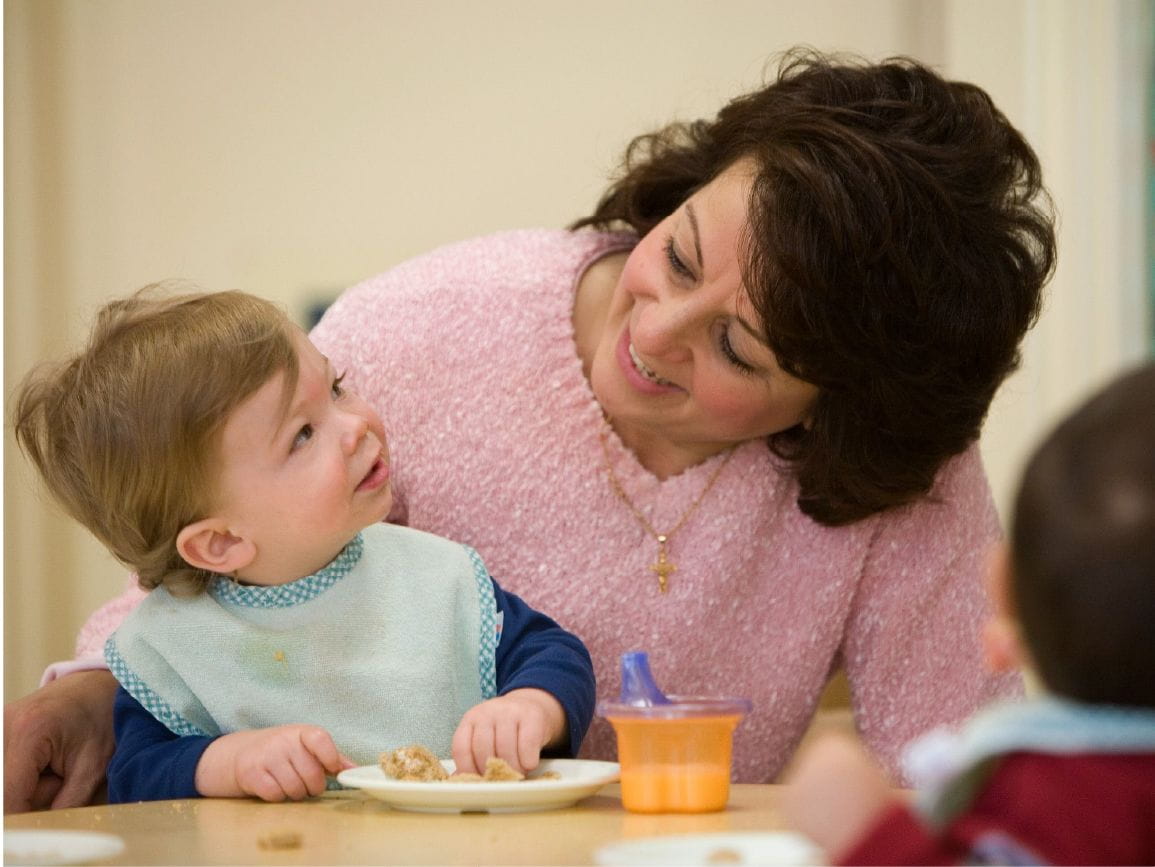Illness and Young Children: When to Call Your Child's Doctor
Sneezing, scratchy throat, runny nose: everyone knows the first signs of a cold, probably the most common illness known. But it's often difficult to determine whether the child has the common cold or something more serious. Steven Dowshen, MD, suggests contacting your physician immediately if you see any of the following symptoms in your child, whether associated with a cold or otherwise:
- Increased throat pain
- Coughing that produces green or gray sputum or lasts more than 10 days
- Fever lasting several days or over 101F; or if the child has shaking chills
- Chest pain or shortness of breath
- Difficulty swallowing
- Poor intake of fluids
- Pain in the ear
- Unusual lethargy
- Enlarged, tender glands in the neck
- Blue lips, skin or fingernails
Cold Prevention: Ten Tips to Stop Colds From Spreading
Although there is no cure for the common cold, there are several things we can do to reduce spreading it. Here are ten tips that may help prevent the spread of colds for you and your family this cold season. This list was created by the National Network for Child Care adapted from Rice and Pollard's book, Colds, Flu, and Other Respiratory Infections.
- Wash hands. Washing hands literally rinses germs away. Be sure to use soap and warm, running water to best wash germs off the hands. Teach children to say their ABCs while washing so they keep their hands under the faucet long enough.
- Don't share cups. Using paper cups can be helpful to avoid spreading germs. Having a dispenser of small cups in areas such as the kitchen or bathroom can help children make it a habit.
- Use paper tissue. It is best to blow the nose on paper tissue and throw it away. It is important to keep the nose gently blown to rid the body of mucous, however, throwing the tissue away immediately is also important because it is a source of cold virus that can be spread by leaving it on a counter, desk, couch, chair, etc.
- Don't touch eyes, nose, or mouth. If exposed to someone with a cold, don't touch your eyes, nose, or mouth, which is where germs can be passed. Try to help children understand how germs can be spread in this way. Encourage children to wash their hands frequently.
- Use disposable towels. In the kitchen and other areas, it is best to use paper or other disposable towels instead of cloth towels. Both bacteria and viruses can live on cloth towels for hours.
- Keep toys clean. Toys often carry germs. Regularly wash children's toys in warm, soapy water to kill bacteria and viruses.
- Sneeze away. That is, sneeze away from others and into a tissue that can be thrown away. Or sneeze into your arm. If you have to cover your mouth with your hands, be sure to wash your hands afterward. Model these behaviors for children.
- Ventilate. Open windows when the weather permits because germs may remain stagnant in the air. Also, keep the air moist to avoid nose irritation. Use a humidifier.
- Wipe up germs. Germs may rest on surfaces (up to three hours) that are touched frequently, such as door knobs, handrails, light switches, telephones, remote controls, and counter tops. Use a disinfectant frequently to wipe them clean.
- Don't smoke or allow smoking. Smoking can irritate the nose and lungs and drastically increase children's susceptibility to colds. It's best to make your environment a smoke-free one.
Even though we may often be frustrated by our children's frequency of colds and the lack of an effective treatment for the common cold, we should take heart in knowing that our children are developing immunity which will protect them against similar illnesses in the future.
For more information, visit:
http://www.niaid.nih.gov/factsheets/cold.htm
http://kidshealth.org/parent/infections/bacterial_viral/cold.html
http://familyeducation.com/article/0,1120,62-24781,00.html
http://nrc.uchsc.edu/CFOC/HTMLVersion/Chapter_3.html#1021269 - For the child care exclusion recommendations from the American Academy of Pediatrics, please scroll down to Standard 3.064 - Levels of Illness and Standard 3.065 for Inclusion/Exclusion/Dismissal of Children.





